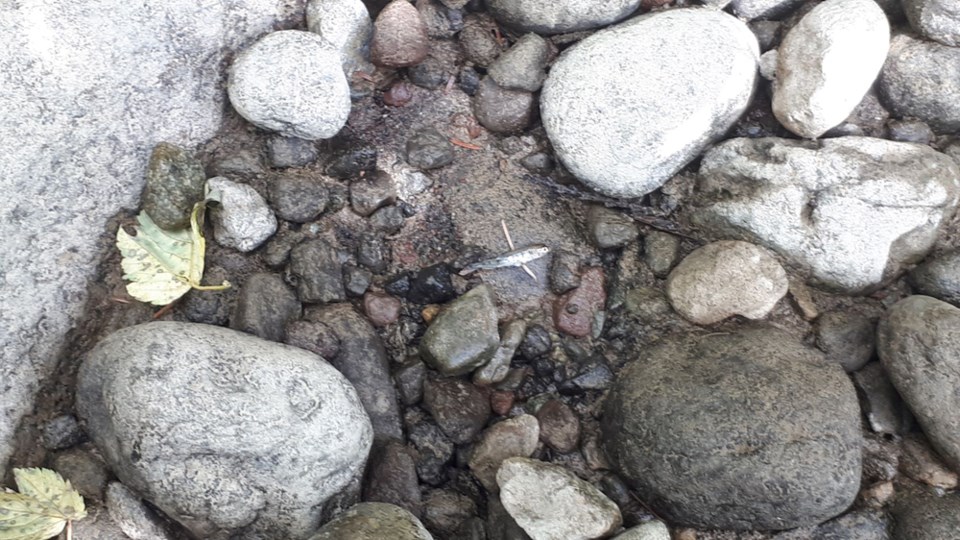In addition to being the editor, I have the good fortune of being able to still write stories for the paper. Whenever reporters take on stories — perhaps contrary to popular belief these days — we don’t go in with a set agenda.
Think of journalists like ice-cream scoopers. We think some ice-cream flavours (stories) are better than others, but mostly we just scoop the ice cream. Meaning, we don’t usually take a side or form an opinion. A story is either good or less good in our minds. A good story, like a good ice-cream cone, is complex, with more than one flavour, and has a little flair — like, sprinkles (unique phrasing).
All this to say that when I took on the BC Hydro story, I wasn’t on the side of the fish conservationists or the company. The former said the dramatic ramping of water at the BC Hydro Daisy Lake Cheakamus Dam is killing more fish than it needs to.
The latter says they are monitoring and reviewing the situation and value fish and stakeholder input.
I like fish, sure, but I like turning my lights on too.
Both the conservationists and BC Hydro are ‘good sources’ meaning, for the most part, they both answered my questions thoroughly, thoughtfully and promptly.
The provincial water comptroller too.
Since I originally talked to all those involved for the story in this week’s edition of The Chief, there has been another local ramp down test done. The most recent took place on Friday, Aug. 9.
The water was decreased by 4.5 cm/hour, according to Squamish biologist Chessy Knight, who happened to be on the river for the test.
In just four isolated pools of water, she saw 500 to 1,000 steelhead fry and a few coho stranded.
A stranded fish is a dead fish, she said.
Knight and others, have said for its operations at Daisy Lake and at its other facilities around B.C., that BC Hydro needs to add more water for the fish, so it is distributed in a manner that mimics natural daily river flows; and it needs to ramp slower, the 2.5 cms per hour that Fisheries and Oceans Canada has recommended.
What we don’t know and BC Hydro didn’t really answer is why they allow this to continue.
There may be a good reason.
The question BC Hydro also didn’t answer, which may help to explain the number of fish that die, is if there has been an economic study of various ramping rates and if so, what it showed.
If it is too costly to slow down and save the fish, OK. Then what can the company do to more fully mitigate the result?
There’s a solution to this and it needs to be found sooner rather than later.
I don’t have a side in this, but more clarity is needed.




